Judicial acts in the civil judiciary of Ukraine: theory and its impact on the improvement of civil procedural legislation of Ukraine
Abstract
In this Section, the key issues of legal regulation, doctrinal studies and materials of judicial practice regarding the institution of judicial acts in civil proceedings were researched and analyzed. Attention is focused on the presence of terminological inconsistencies regarding the understanding of the relationships between the concepts of “judgments”, “court decisions”, “court rulings”. The study and generalization of this problem allowed the author to consider the generalizing term “judicial act” the most acceptable of all the proposed options.
On the basis of the international legal standards and the analysis of the norms of foreign legislation, the national legal regulation of the procedure for the adoption of a judicial act and the requirements for its form, structure and content have been studied. It is claimed that the written form of the decision is the presentation by the court of the structure of the decision on a paper medium by displaying in it information about all its substantive parts in the essence of the stated requirements. In addition, in the opinion of the author, given that the decision is an act of application of the law, it requires the court to observe the rules regarding the display of special external attributes in it, which indicate who and when it was adopted. The decision must contain external formal requisites – signatures, seals, etc. – that confirm its legal significance and official character, its adoption in accordance with the competence of a court of general jurisdiction.
In the context of highlighting the issue of the analysis of the requirements for judicial acts in civil proceedings, it was concluded that the law enforcement activity of the court consists in the fact that the judge must always take into account that any legal norm is an integral part of the entire system of law and acts in relation to other legal norms. That is why one of the main methods of legal understanding of this or that rule of law in terms of its legality is a systematic interpretation, also taking into account the fact that law cannot be reduced only to a system of legislative norms.
According to the results of the analysis of doctrinal positions and legal aspects, it was concluded that the legal force of judicial acts as a form of implementation of the norms of law and judicial power is manifested in the fact that it is its legal action, which is manifested in the fact that the presence or absence of rights and obligations is established finally. The legal force of a judicial act is its property, due to which it acquires the qualities of binding, exclusivity, prejudice, irrefutability, and enforceability after the expiration of the appeal period.

Цивільний процес: теорія і практика. Концепції вчених з удосконалення законодавства про цивільне судочинство. Монографія

